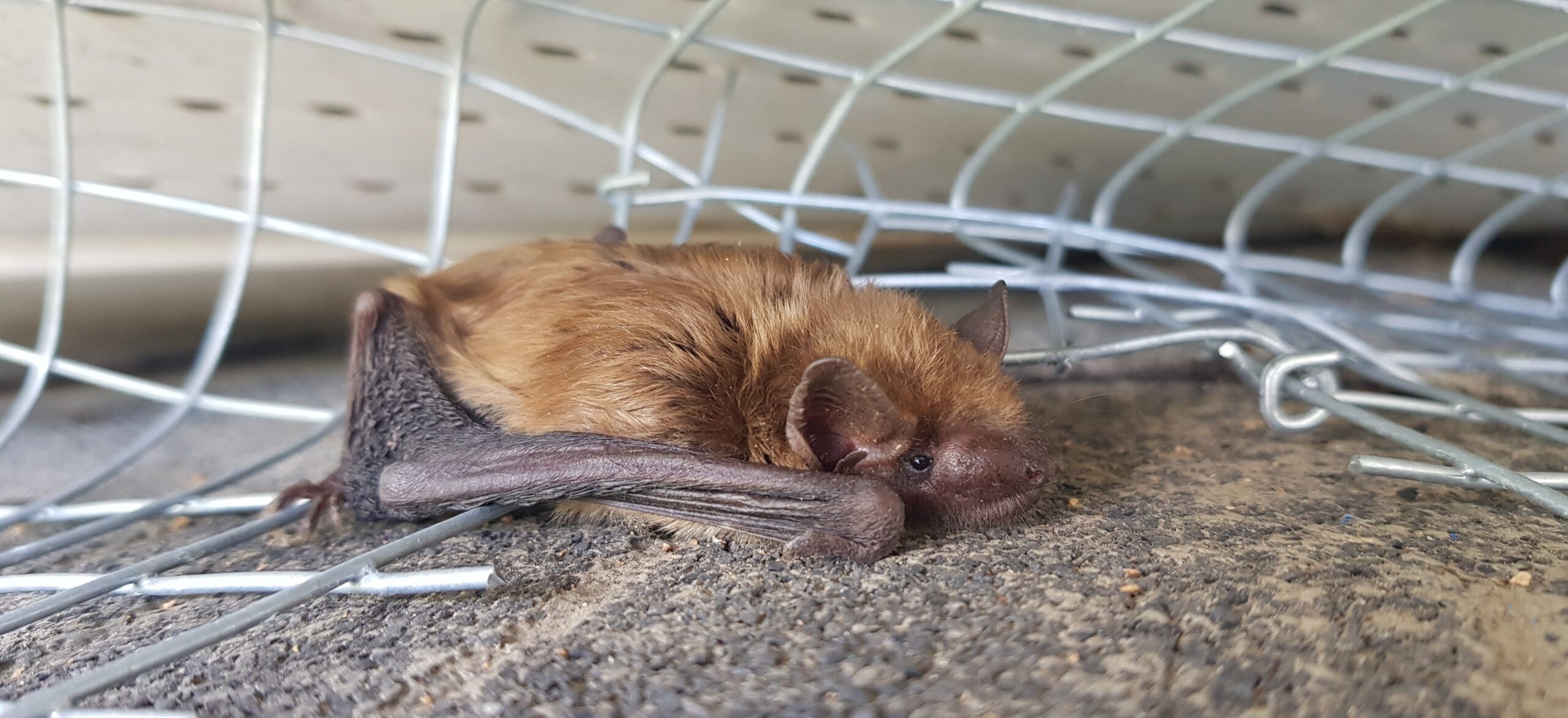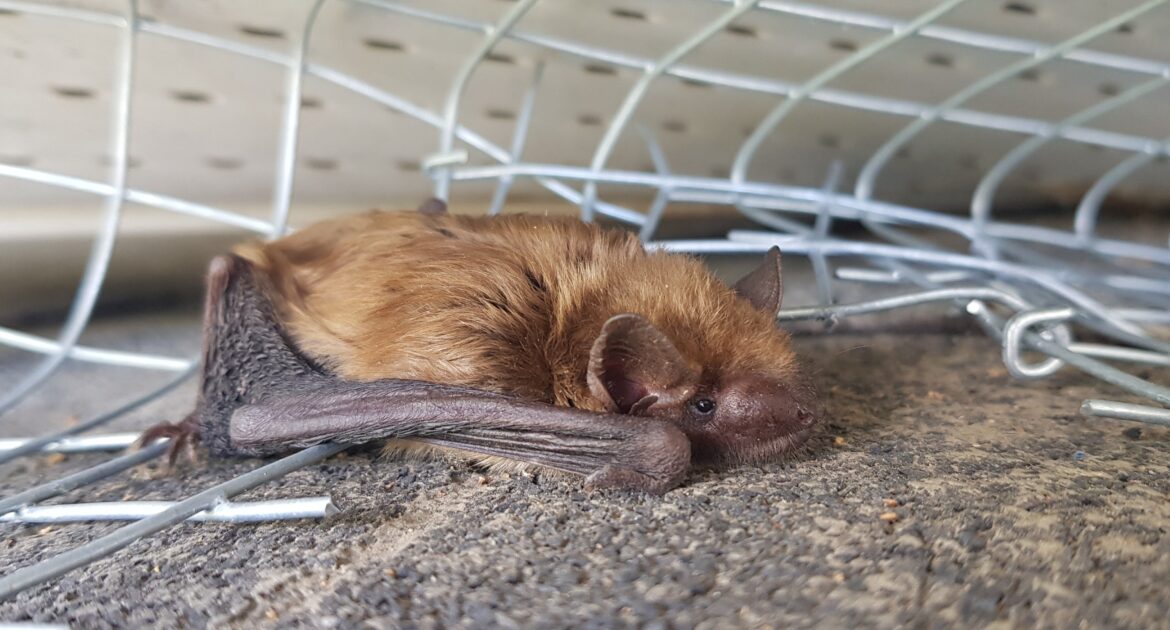If you’re a homeowner in Minneapolis, you’ve likely had questions about how wildlife might affect your home and health. One common question we hear is, “Do bats carry diseases?” At Skedaddle, we’ve worked closely with Minnesota residents to control bat colonies and address the health risks they present, especially when roosting in homes. Today, we’re breaking down the facts about bats and the potential health hazards they can pose, along with practical steps for prevention and keeping your home safe.
Do Bats Carry Diseases?
The simple answer is yes, bats can carry diseases. These winged mammals are known carriers of certain illnesses that can be transmitted to humans. Most notably, bats have been associated with carrying rabies and a fungal infection called histoplasmosis. While not all bats are infectious, homes where bats have taken up residence may create environments that increase these risks.
Rabies and Bat Bites
Rabies is perhaps the most well-known disease associated with bats. Transmitted through bites or scratches, even small punctures can lead to this serious viral infection. Given that bat bites are often difficult to detect due to their small size, it’s crucial to handle any direct interactions with extreme caution. That said, the majority of bats don’t have rabies. However, caution is necessary because distinguishing between infected and healthy bats isn’t easy without testing.
Histoplasmosis and Bat Guano
Histoplasmosis is a fungal infection caused by inhaling spores found in bat droppings, also known as guano. When guano accumulates in spaces like attics or walls, it creates the perfect conditions for these spores to thrive. If disturbed, the spores can become airborne and pose severe health risks, especially affecting the respiratory system. Minnesota’s humid summers can further exacerbate this issue, making proper guano cleanup and prevention critical.
Why Ignoring the Problem Can Be Risky
You might think a single bat flying around your home isn’t a problem, but where there’s one bat, there could be more. Bats are colony animals, and a single entry point could lead to a larger infestation over time. Left unchecked, the health and structural risks to your home can rapidly escalate.
Bat Disease Prevention
Preventing bat-related health risks involves a combination of good property maintenance and actionable steps to deter colonies. Here are the top ways you can ensure your home remains bat-free and safe:
- Regular Home Inspections
Inspect your home’s exterior for gaps, cracks, or other structural vulnerabilities that may serve as entry points. Pay close attention to the roofline, vents, chimneys, and soffits.
- Seal Gaps and Openings
A proactive approach to sealing your home can make a significant difference. Weatherproof materials and mesh screens can help protect your home from entry.
- Safe and Professional Cleanup
If bats have already inhabited your home, cleaning contaminated areas safely is essential. Improper cleanup of guano can spread harmful spores, so always call experts equipped with the right safety gear and expertise.
- Schedule Professional Exclusions
Exclusion strategies work best when overseen by a professional wildlife control service. We at Skedaddle follow a no-trapping, no-harm policy, ensuring the safety of both you and the bats while resolving the issue.
Wildlife Control in Minnesota
Addressing bat concerns often begins with understanding why they’re attracted to Minnesota homes in the first place. With Minneapolis surrounded by lush parks like the Chain of Lakes and the Mississippi River, the area offers ample feeding grounds for bats. Attics and wall voids in homes become attractive roosting spots due to their consistent temperatures and protection from predators.
How Do Bats Gain Access?
Bats are experts at squeezing into tight spaces. They can fit through openings as small as the size of a dime, often entering through:
- Loose shingles
- Unsealed vents or chimneys
- Gaps under eaves or soffits
Once inside, they establish colonies that can grow in size, leading to increasingly larger challenges.
Why Skedaddle Recommends Professional Control
At Skedaddle, we’ve seen firsthand the complexities of controlling bat populations. While DIY solutions might seem appealing, they seldom address the root problem, putting your home and family at risk. Our humane approach involves a thorough inspection of your property and the use of one-way doors to allow bats to exit safely without re-entering. We also identify all potential entry points and seal them with durable materials to keep bats out for good.
Minneapolis Residents and Bat Control
Living in a city with as much greenery and wildlife as Minneapolis is both a privilege and a responsibility. While bats contribute positively to ecosystems by controlling insect populations, their presence in homes can disrupt your sense of safety and health. By taking steps to understand the risks, you can proactively manage any bat concerns before they become bigger problems.
We often hear stories from local homeowners in areas like Linden Hills or around Lake Minnetonka who spot bats in their attics during late summer. This is a critical time for action since late summer is when young bats are old enough to leave the nest. Excluding bats during this timeframe ensures minimal disruption to their lifecycle while also protecting your home.
Skedaddle’s experienced team is ready to provide swift, humane solutions at any time of the year, ensuring the safety and comfort of your home while respecting local wildlife. Don’t wait—reach out today for peace of mind.
Are You Dealing With a Bat Problem? Call Us!
If you suspect bats have taken residence in your home or you’ve spotted the telltale signs of guano build-up, it’s time to act. Don’t wait for the problem to escalate. Protect your home, health, and family by scheduling an inspection with the experts at Skedaddle in Minneapolis. Contact us today and take the first step toward a bat-free home.




